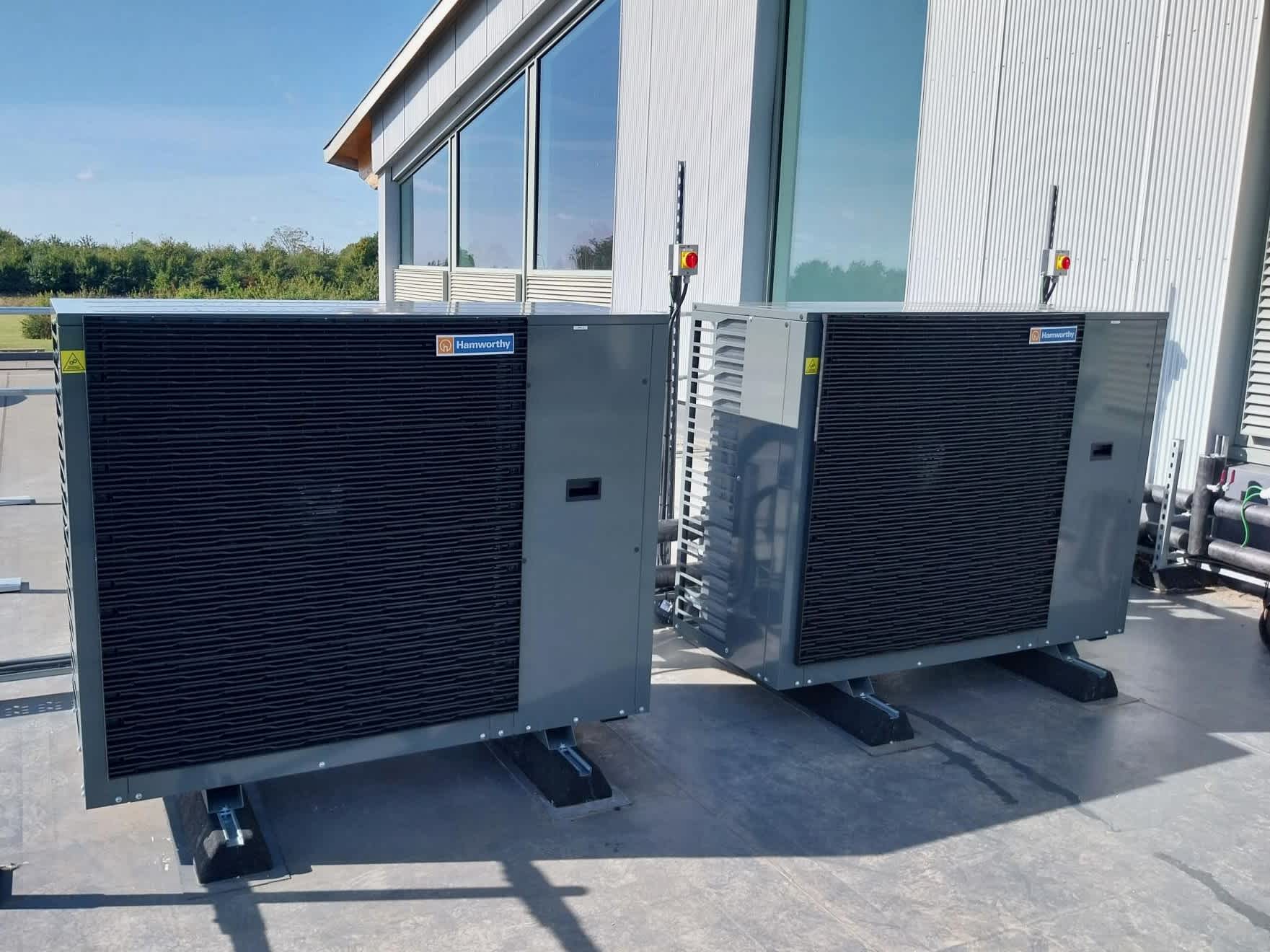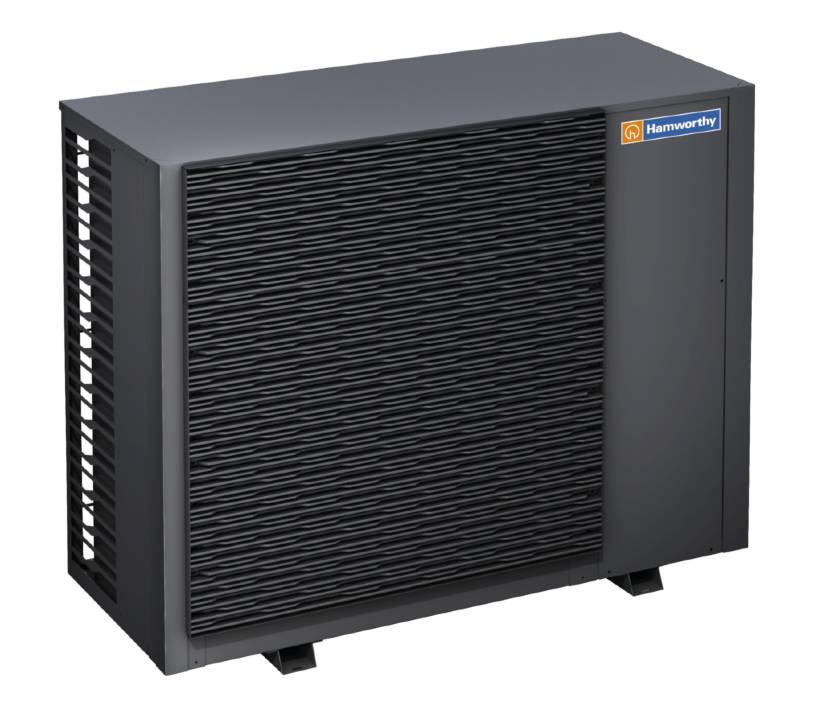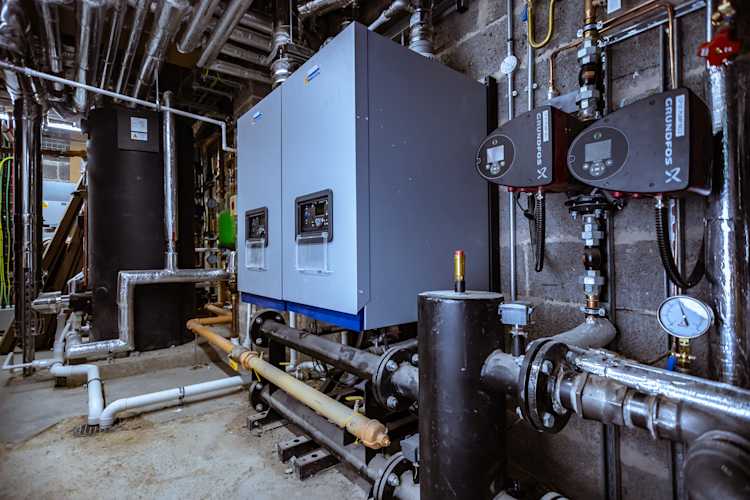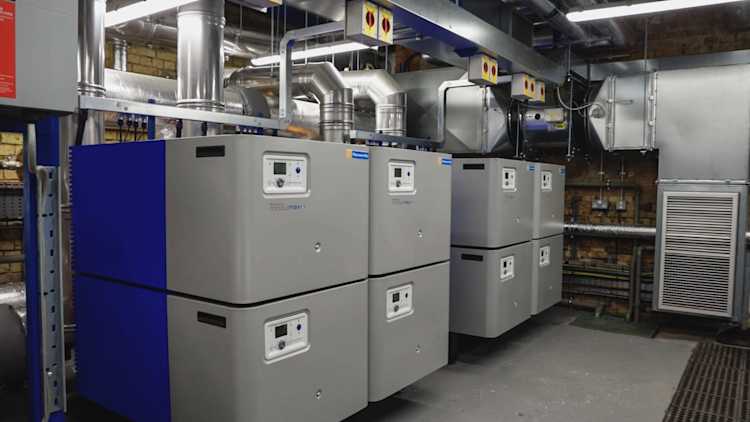The whats, hows and whys of NOx emissions in commercial boilers
NOx emissions are the 'hot topic' of the industry. In this article, we investigate why they are a reason for concern, how they are generated and what we can do to reduce them.
What are NOx emissions?
NOx is a collective term that stands for nitrogen oxides which mainly consist of nitric oxide (NO) or nitrogen dioxide gas (NO2).
In the presence of sunlight, NOx emissions can produce ozone (O3). Since an oxygen molecule (O2) is stable by sharing four electrons (two per atom), creating a covalent bond, the presence of a third oxygen atom in the bond in ozone (O3) makes it unstable and hence more reactive/toxic than oxygen. This can have harmful effects on throat and lungs (including aggravation of asthma and emphysema) but also irritate eyes and mucous membranes.
Why should we be worried about NOx emissions?
Nitrogen oxides themselves mostly affect the lungs, reducing immunity to lung infections. It can also aggravate symptoms of asthma, increasing the intensity and quantity of attacks, making it an even bigger problem for children with the condition.
Where do NOx emissions come from?
The main source of NOx emissions in the modern world is the combustion of fossil fuel such as by car engines and boilers.
How does commercial heating produce NOx emissions?
In a commercial boiler, fuel such as natural gas is ignited which is used to heat water to be distributed in the heating system.In theory, this involves the burning of only methane (CH4 – main component of natural gas) and oxygen (O2 – injected air) which produce carbon dioxide (CO2) and water (H2O).However, in reality, air and natural gas are made up of several elements:
The air we inject into the combustion chamber is a mixture of many gases, mostly nitrogen (which makes up the biggest part with roughly 78%), oxygen (21%) and argon (>1%)
Natural gas which is mostly methane, also contains nitrogen, carbon dioxide etc.
As a result, there are many by-products that are created during combustion. With nitrogen being very common in the mix, both nitric oxide (NO) and nitrogen dioxide (NO2) are just two of them.
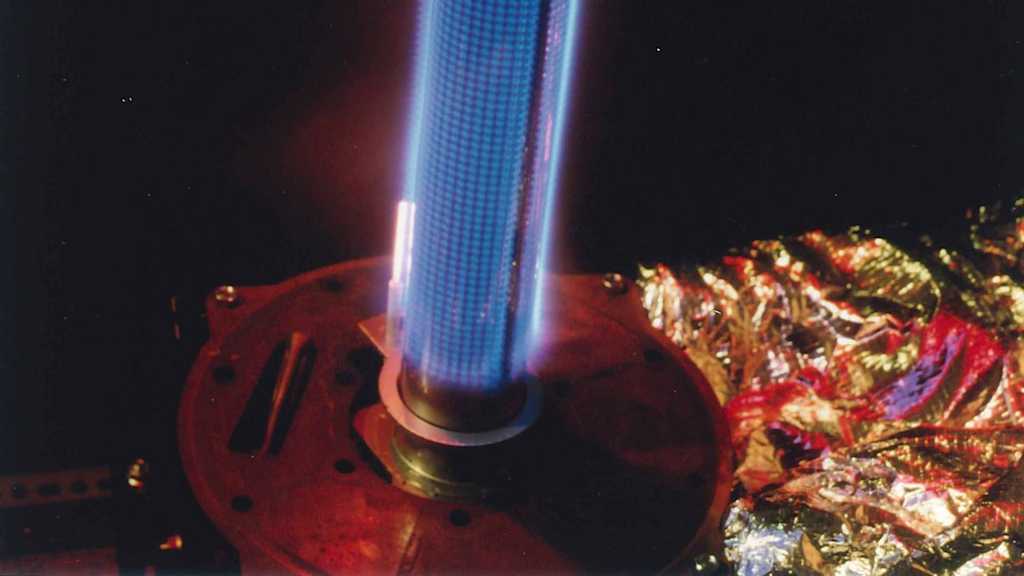
What affects the production of NOx emissions in commercial gas boilers?
There are different types of NOx formation in combustion (thermal, prompt, and fuel) but for condensing gas boilers, thermal NOx is the most important one.
For a fully premixed burner, NOx emissions are fundamentally correlated to the flame temperature and depend on the following factors;
Air dilution λ value
Higher λ values lower the flame temperature and reduce the NOx emission.
Burner & gas air ratio controls
Further advances in burners and combustion controls now permit combustion in leaner conditions (optimised mix of air and fuel) which can improve NOx emissions.
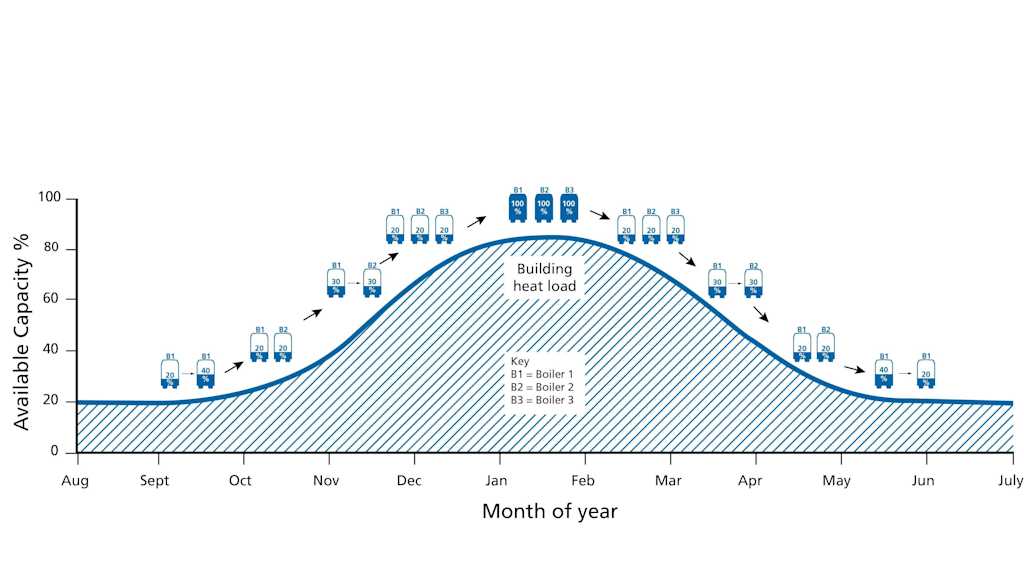
Modulating characteristic
Since the heat requirements for a boiler do not stay the same over the entire year due to changing seasons, it might just be running at 20% of its capacity (low modulation) when it is warmer or 80% (high modulation) when it gets colder. A boiler firing at a lower rate has lower NOx emissions compared to firing at full capacity. For this reason, the NOx value assessed according to BS EN15502 is a weighted average taken from the boiler operating at different loads.The result is then converted back to a dry air figure (no excess air present). Without the conversion (= with excess air), the result is not comparable due to favourable conditions giving a ‘better’ result (= lower NOx emissions). The dry air figures ensure a level playing field to compare manufacturers’ NOx figures.
Efficient heat transfer
The lowest flame temperature will be achieved by enabling the most efficient heat transfer away from the combustion chamber.
Gas group
The gas type will influence the flame temperature by relation to its calorific value (CV). Higher CV’s create a higher intensity flame and higher NOx. These measures are all applicable to conventional premixed steel, metal fibre and ceramic burner types, in combination with a well-designed gas air ratio control system. This will enable NOx emission levels sufficient for the next generation domestic and small commercial boilers.
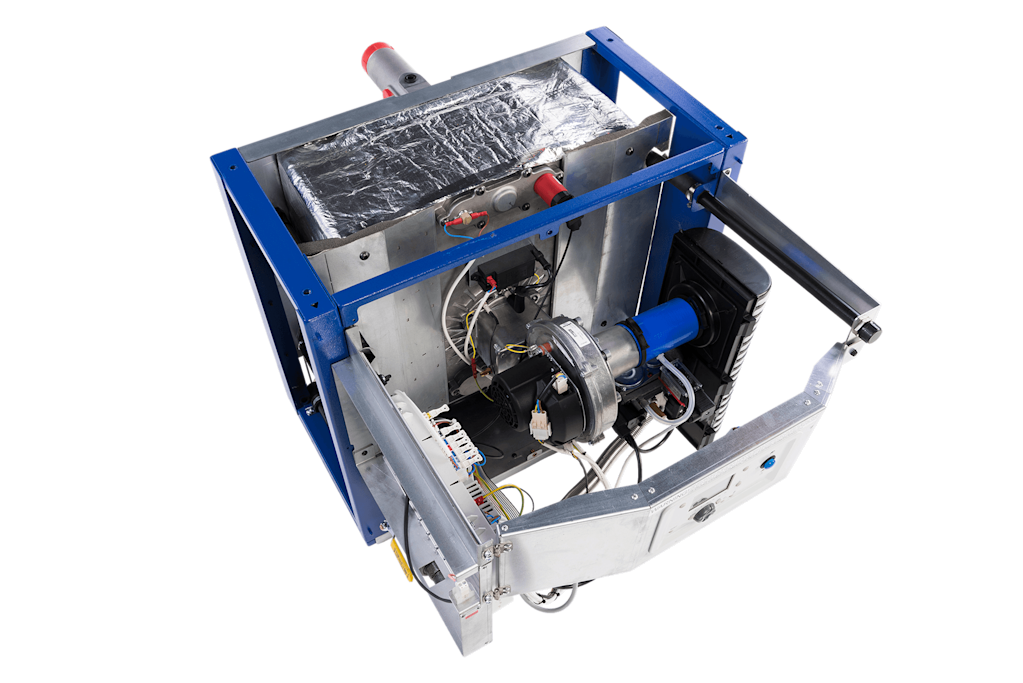
A trade-off between efficiency and NOx?
Taking our Upton modular boiler as an example, the gas air mixture is premixed before entering the burner which ensures the combustion gas is fully mixed. The burner has a metal fibre surface which distributes the combustion gas evenly over the surface of the burner. This, in combination with a high efficiency condensing heat exchanger, helps to keep the combustion temperature low and inhibits the formation of thermal NOx.While this burner/heat exchanger design helps to cut NOx emissions up to a certain point, lowering the combustion temperature further can reduce the seasonal efficiency of the boiler. However, Ecodesign and CO2 budgets have been the main driver to increase seasonal efficiency to reduce carbon emissions. As a result, there would be a trade-off in efficiency to achieve substantially lower NOx levels.
Is there a standardised way of measuring NOx emissions from commercial heating and publishing NOx figures?
BS EN 15502 gives ways of measuring NOx. All boilers under 1000kW should adopt this methodology. This is a weighting formula to create an annualised emission and corrects to reference conditions.We need to be careful when comparing emissions that are published, as not all manufacturer literature is quoting on this standard. We have seen NOx emissions quoted at maximum gas rate, some at minimum gas rate as well as uncorrected values. BS EN15502 - §8.13 prescribes the method for NOx emission assessment for all boilers up to 1000kW which is defined by a weighting formula. It differentiates between two boiler types: (older) fixed rate and (newer) modulating boilers.Modulating boilers adjust their fire/gas use according to the heat load, making them more efficient and ‘clean’. Emission samples are hence taken across the entire modulation range when the boilers are working at lower or higher fire (i. e. spring, summer, autumn and winter heat loads) and then adjusted to reference conditions of 0% O2 (dry air free).If the boiler is under 70kW, the manufacturer’s product fiche should have a section detailing emissions, this would be in line with this methodology. This should be checked against published data as this could be quoting either wet NOx levels (not dry air free) or levels at minimum modulation.All of the published data of Hamworthy products is defined in this way (0% excess oxygen, dry air). We must be careful when analysing different manufacturer’s products to ensure we are comparing apples for apples. By using the British Standard we can ensure accurate comparisons are made.
Is there any legislation to reduce NOx emissions in commercial boilers?
Ecodesign
The latest limits from Ecodesign in September 2018 reduced the emission level on all natural gas boilers up to and including 400kW to a level of 56mg/kW. This changed from net figures to gross. The previous best classification was Class 5 and stated at 70mg/kWh net. 56mg/kWh gross converted is 62mg/kWh net, so a reduction has been made. BS EN 15502 gives guidance on how these measurements are done and a new Class 6 was set up to comply with the Energy-related products (Ecodesign) requirement.
Medium Combustion Plant Directive
Since 20th December 2018, medium combustion plants (excluding plants and gas turbines) for new buildings, which commercial boilers fall under, with a thermal input between 1MW to 50MW must stay below NOx emissions of 100mg/NM³ (gas) or 200mg/Nm³ (oil). All of Hamworthy’s gas/air premix boilers are below these levels and have been tested in accordance with this standard.
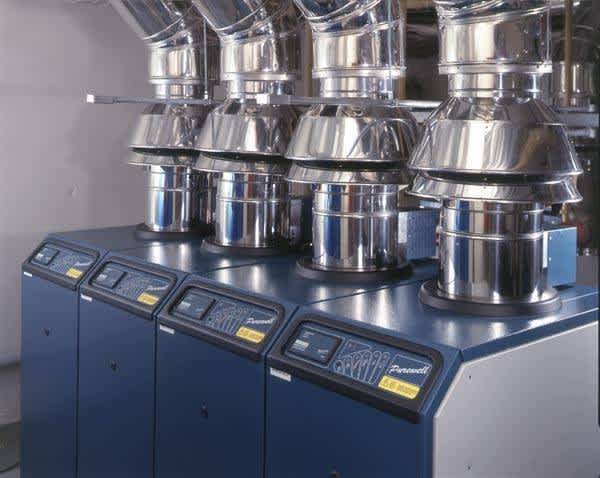
What else is being done to reduce NOx emissions from commercial heating?
London, which regularly breaches air pollution limits for the entire year and where commercial gas consumption produces 7% of its NOx emissions, has the power to set its own limits. As a result, schemes for natural gas boilers with maximum NOx levels that vary from 24mg/kWh to 40mg/kWh are now being specified.
In July 2018, London’s Mayor Sadiq Khan launched the Cleaner Heat Cashback scheme to improve air quality. This programme was supposed to incentivise London’s SMEs to replace their inefficient boilers for which they could claim a part of the expenses back. Due to low demand, the funding for the scheme was significantly reduced but stays open for applications until March 2020.
BREEAM
BREEAM is an assessment method for the environmental impact of a building. BREEAM credits are awarded if a building meets certain criteria in terms of acoustics, renewables, floods managements or commercial boilers (pollution/local air quality) etc.
While it is non-mandatory, there is a large uptake in London.
There are currently 3 BREEAM schemes in use:
BREEAM 2014 New Construction
BREEAM 2018 New Construction
BREEAM 2014 Refurbishment and Fit Out (RFO)
BREEAM 2014 is still applied for any new construction started pre 2018.
This scheme awards:
1 credit ≤100mg/kWh NOx
2 credits ≤70mg/kWh NOx
3 credits ≤40mg/kWh
BREEAM 2018 applies to any new construction post 2018.
This scheme awards:
1 credit <27mg/kWh NOx
2 credits <24mg/kWh NOx (this is regardless of building location)
Where multiple systems are installed, credits are awarded on the worst performing system (separate water heating systems could impact this). If a backup space or water heating system is not used in the Simplified Building Energy Model (SBEM), it can be excluded.
Methodology to meet the NOx limits as set out above is based on Ecodesign/EN 15502.
No credits may be awarded to open flue heating or hot water systems.
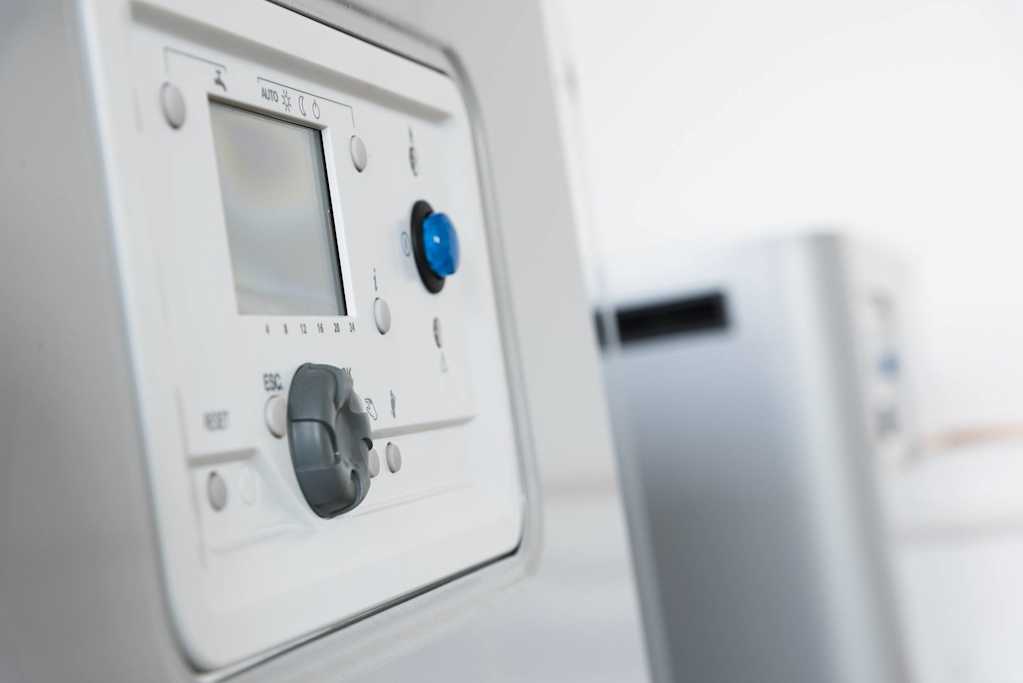
In terms of product development, we are always exploring how we can improve our products. As part of this process, we are looking into burners and combustion controls which permit leaner conditions – using less fuel and improving efficiency to investigate and adopt lower NOx emission targets where achievable.In operational terms, there is already a lot that a user of commercial boilers can do to reduce NOx and carbon emissions. As outlined above, if a boiler is modulated down (lower fire), this improves efficiency and also decreases NOx emissions. Effective use of built-in boiler controls and measures such as weather compensation can reduce emissions. We talk more about the benefits of boiler controls in this article.
Would you like to talk to us about NOx emissions or get help in understanding and comparing them accurately? Get in touch with us, we're happy to help.
